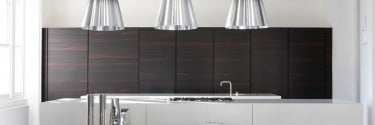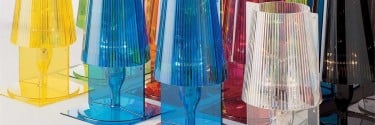Precautions for using ultraviolet lamps
Precautions for using ultraviolet lamps
The ultraviolet light source must be exposed to people to avoid damage. UV has the most obvious effect on human skin and eyes. Short time irradiation of the human body will produce skin redness, itching, and allergic papules; long time irradiation will cause serious damage to skin tissue, and enough dose of irradiation will even cause skin cancer. Ultraviolet radiation is also very harmful to human eyes. A large dose of short-term irradiation will make the eyes red, swollen, tears, eyes can not be opened, and long-term exposure to ultraviolet radiation will lead to cataracts and even blindness.
When disinfecting the surface of articles with ultraviolet rays, the irradiated surface shall be directly irradiated by ultraviolet rays, and sufficient irradiation dose shall be achieved. Due to the straight-line propagation of light, when it is blocked by objects, it will produce reflection, penetration or absorption. UV disinfection requires that the wattage of UV lamp per cubic meter of space should be ≥ 1.5W, and the irradiation time is generally 30-60 minutes. It is also stipulated that the irradiation intensity of ultraviolet rays shall not be lower than 70 μ w / cm2, otherwise, the sterilization effect is not good or invalid, and the disinfection purpose cannot be achieved

The suitable temperature range of ultraviolet disinfection is 20 ℃ ~ 40 ℃, too high and too low temperature will affect the disinfection effect. When the indoor air is disinfected by ultraviolet, the room shall be kept clean and dry to reduce dust and water mist. When the temperature is lower than 20 ℃ or higher than 40 ℃, the relative humidity is higher than 60%, the exposure time shall be extended appropriately
The application should also pay attention to the wiping and cleaning of the lamp. When the new lamp is used, 75% alcohol gauze can be used to wipe the lamp tube to remove the pollution of dust and oil. In the process of use, wipe regularly and do a good job in the cleaning work of the lamp, so as not to affect the transmittance and radiation intensity.













0 comment(s)